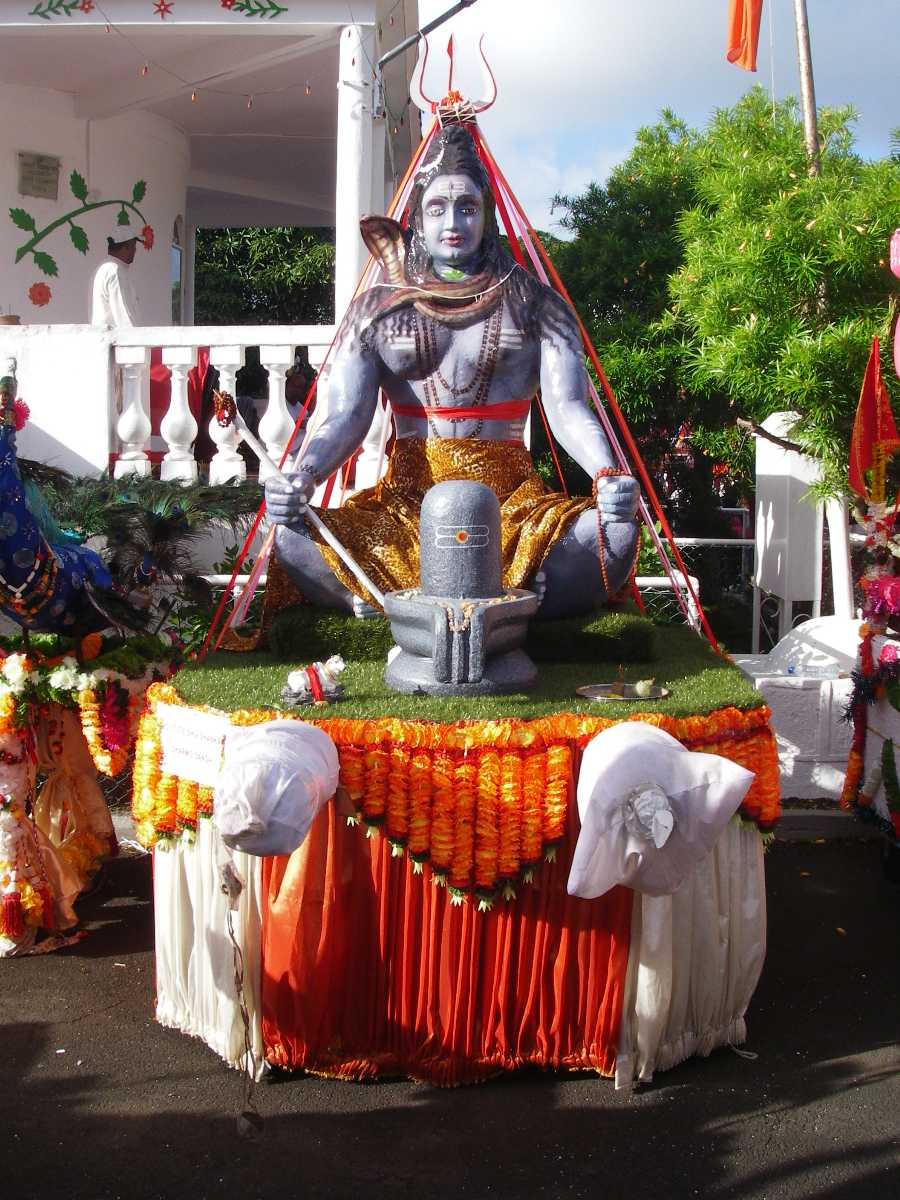Maheswarnath Mandir - Temple de Triolet
Tags : Temple
Timings : All Day
Time Required : 1 hour
Entry Fee : No entry fee
Ways to Experience this attraction
Maheswarnath Mandir - Temple de Triolet, Mauritius Overview
The Hindu dominant paradise island of Mauritius is blessed with numerous temples all over its landscape. As the unity among all religions is what binds the Mauritians together, the holy sites play an important role both as praying grounds and as a place to find tranquillity.
Locally known as the Grand Shivala Triolet, the Maheswarnath Mandir is one such Hindu temple in Mauritius that can be found in the village of Triolet. The Temple is the abode of Lord Shiva, and it gets the name Maheswarnath, which means the Great Lord, for that very reason. Pandit Sanjibunlall Ramsoondur founded the temple in 1888.
Other than being the biggest and one of the oldest of its kind in the entire island, the Maheswarnath Mandir is also famous for its association with the first pilgrimage to Ganga Talao, which is the sacred lake found right in the centre of Mauritius.

Source
Read More on Maheswarnath Mandir - Temple de Triolet
History
Maheswarnath Mandir is more than 120 years old. The founder of the temple, Pandit Sanjibunlall Ramsoondur, was originally from the state of Bihar in India. He came to Mauritius on 4th April 1866, while travelling from Calcutta. After coming to Mauritius originally as a drug dealer, he became quite wealthy because of the great partition that began in 1878.
This newfound stature of economic independence earned him the respect of many Mauritians. He was one of the major landowners in Mauritius – with a property of more than 53.70 acres of land at Terminus in the village of Triolet. In 1895, he donated almost 10.13 acres of land to the Hindu society in Mauritius.

Source
The construction of the Maheswarnath Mandir temple began in 1888 and lasted until 1891. All the credit goes to the energetic Pandit Sanjibunlall for his massive contribution to the development of this holy site. The priests and the images of deities arrived from India, and it was Pandit Ramsoondur himself who went to pick them up. A religious procession – Shobha Yatra – was organised from Port Louis to Triolet when he brought a Shiv lingam from Kashi. Post the temple’s inauguration, the management of the temple was handed over to the Hindu society, for which Pandit Ramsoondur donated a lot of money.
According to a legend, a massive pot of gold and silver coins was discovered during the construction of the temple on the very spot where the foundation was being erected. Many believe that the gold belonged to the pirates of the Indian Ocean, dating back to centuries. The pirates attacked the ships that belonged to the East India Company several times and looted all their gold and other precious goods. Nonetheless, the discovered money was later on invested in the construction of the temple.
A religious detour during any vacation can be soul-calming. Maheswarnath Mandir is one such spectacle of Mauritius that will make your travel itinerary a unique experience. Visit the mandir early, sing your prayers and be transported into a religious world amidst the land of beaches!
Pilgrimage
A significant event organised in Maheswarnath Mandir marks the beginning of the annual pilgrimage to Grand Bassin. It is said that two priests dreamt about the water of Grand Bassin’s lake having a connection with the holy Indian River Ganga.
The news of this dream spread like a forest fire all across the island, and it created quite a stir among the Hindu community. This news worked as a reassurance for the Indian Hindus in Mauritius, as they were filled with a religious optimism given the sacred nature of this island; returning to India would be nothing but futile.
In the year 1898, Pandit Sanjibunlall along with nine other people trekked all the way to Grand Bassin from Triolet to collect water from the holy lake and offered it to Lord Shiva on Maha Shivratri. The lake came to be known as Pari Talao post popularisation of that story, and it became comparable to the Holy Ganges in India.
Since then, people from different parts of Mauritius started following this tradition of going on a pilgrimage to Ganga Talao to collect the holy water.